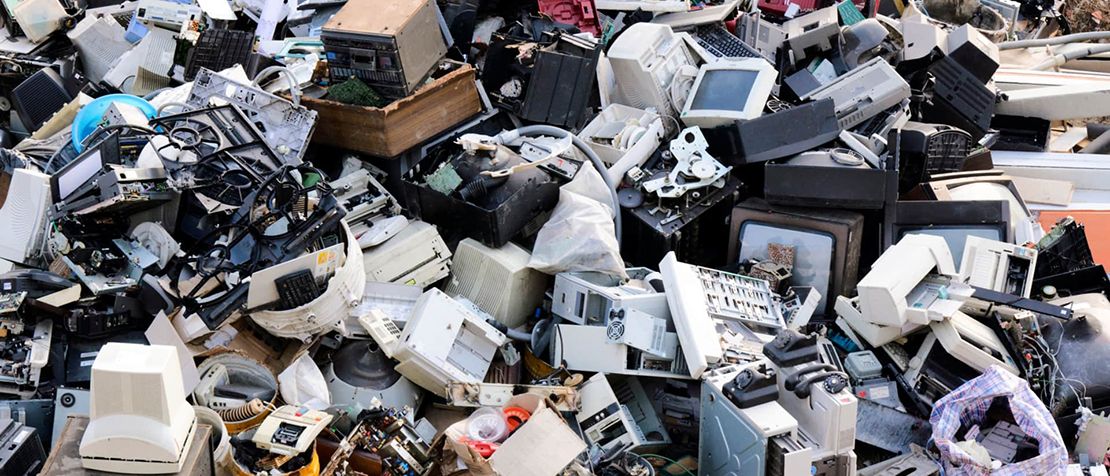
New UN coalition to tackle electronic waste
Last month at the World Summit on the Information Society (WSIS) Forum, United Nations agencies banded together to sign a Letter of Intent to address and support better electronic waste (e-waste) management.
The letter calls for increased coordination and collaboration between United Nations agencies to tackle the growing problems of e-waste. The signatories include UN Environment, the International Telecommunication Union (ITU), United Nations University (UNU), International Labour Organization (ILO), the Basel and Stockholm Conventions, the United Nations Industrial Development Organization (UNIDO) and the United Nations Institute for Training and Research (UNITAR).

The problem of e-waste
In 2016, 44.7 million metric tonnes (Mt) of e-waste was generated across the world. This is equivalent to 9 Great Pyramids of Giza or 1.23 million fully loaded 18-wheel 40-ton trucks lined up from New York to Bangkok and back, according to the joint ITU, UNU and ISWA Global E-waste Monitor 2017 report.

The improper management of e-waste poses significant risks to the environment and human health, and to the achievement of the Sustainable Development Goals (SDGs).
With close to half the world’s population using the internet, many people own more than one information and communications technology (ICT) device and replacement cycles are becoming shorter.

Moreover, only 20% of e-waste is documented to be properly collected and recycled and only 41 countries have official e-waste statistics.
The signing by the heads of the participating UN entities was followed by a panel discussion in which current challenges and opportunities, as well as actions and recommendations were exchanged.
“Growing levels of e-waste and its improper and unsafe treatment and disposal pose a significant risk to the environment and human health. They also present important challenges to sustainable development and to the achievement of the SDGs and concern all of us.” – Houlin Zhao, ITU Secretary-General
The panelists agreed that the way forward lay in the “circular economy.” It presents solutions on all fronts, including job creation, sustainable development, and the minimization of waste and harmful impacts on health and the environment.
Furthermore, electronic equipment contains valuable and recoverable metals such as aluminum, iron, gold and silver. The estimated value of raw materials present in e-waste in 2016 was approximately 55 billion euros.
Proper e-waste management would allow for efficient recovery of the valuable metals in electronic equipment, which in turn would lead to economic growth. It would also impact a number of SDGs, specifically those related to environment, health and decent work.
To combat e-waste, more accurate and complete data and statistics will be necessary in order to track the amount of e-waste generated, measure the effectiveness of existing and new legislation, set and assess targets and policies, and identify best practices. This will help raise awareness, promote recycling and ultimately, reduce e-waste.
Learn more about ITU’s work on e-waste and follow the discussions at Green Standards Week.
For more information on ITU’s work on green standards, visit the Study Group 5 page here.
Watch the webcast on ‘An End to Electronic Waste’ here.
By Carolina Euceda
